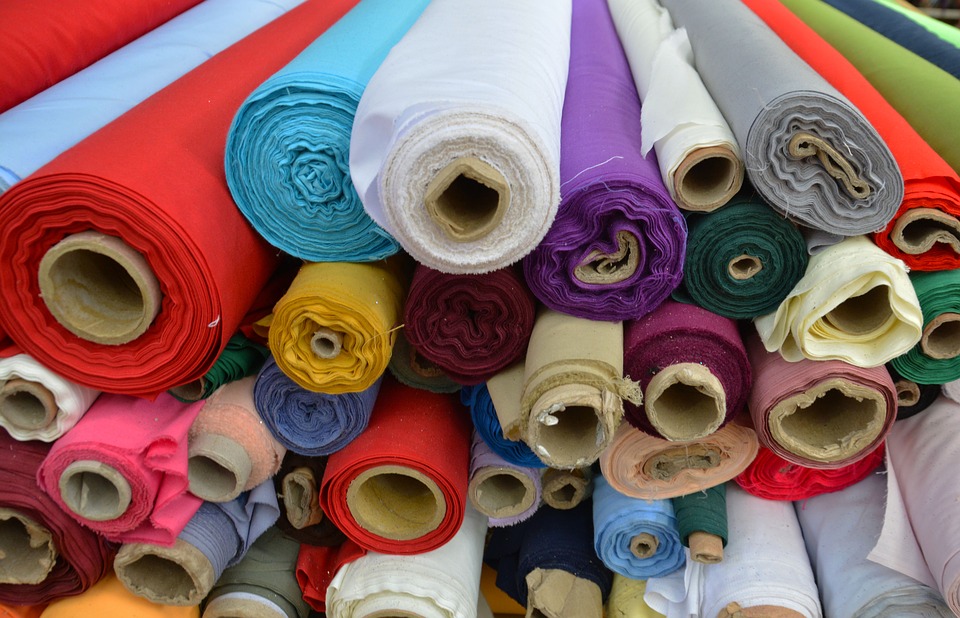Indian textile industry is one of the oldest industries in the country dating back several centuries. Even today, textile sector is one of the most significant contributors to India’s exports with approximately 13 percent of the total exports. The industry is also labour intensive employing more than a million people in different fields.
The industry has two broad sectors which are – unorganized sector and the organized sector. The unorganized sector consists of handloom, handicrafts and sericulture operating on a small scale, while the organized sector consists of spinning, garments and apparels which requires modern machinery and techniques. Talking about the market size the industry is currently estimated at around 120 billion US dollars and is expected to reach 230 billion US dollars. The Indian government is also coming up with some export promotion policies. It has allowed 100 percent FDI in the Indian textiles sector under the automatic route.
With all the schemes and policies put into practice, the future of Indian textile industry looks promising, buoyed by both strong domestic consumption as well as export demand. With the rise of consumerism and disposable income, the retail sector has experienced rapid growth in the past decade. Several international players like Marks & Spencer, Guess have raised the bar with their entry into the Indian market. With stable inputs, proper capacity utilization and steady domestic demand, the industry is expected to showcase a kind of revolution in the year 2018.
Let us run you through the history and prospects of this promising industry.
History Of Textile Industry
Indian textile enjoys a rich heritage and traces its history back to the Indus valley civilization where people used homespun cotton for weaving their clothes. One of our Veda’s – the Rigveda also contains the literary information about textiles. The Indian epics Ramayana and Mahabharata even talk about the wide variety of fabrics in ancient India. These chronicles refer to both stylized garments worn by the aristocrats and ordinary clothes worn by the common man. The modern-day textile not only reflects the splendid past but also caters to the requirements of contemporary times.
Looking into the job of a textile designer
As dull or cliched as it may sound, the job of a textile designer is equally innovative as it is creative. The field allows an individual to put his creative instincts at work on specific places such as demonstration and application of fabric construction, the detailing of design on the fabrics and production of fabric designs used in the apparels, accessories and other furnishings. A textile designer works closely with the clients and design teams to create unique fabrics using a variety of design concepts and media. In other words, a textile designer will have to incorporate both the creative side to the already finished piece keeping in sync the post-production technicalities. Yes, the field of textile designs isn’t only on the creative side but also includes pattern making, while also managing the production process. Nowadays all textile designers use CAD (Computer Aided Software ) to create designs on fabrics and other surfaces. The heat transfer printing is also used and implemented quite well on the covers. Textile designers are highly creative people as that can draw, have a superior eye for the colour, texture and an appreciation for the excellent points of textiles and fashion. They should keep themselves updated with the latest trends in fashion, understand textile techniques and should be useful for the communicators and posses the problem-solving skills keeping in mind the budget and deadlines.
Textile design education
There are some career options and work environments in the field of textile design that need you to be aware of. To become a skilled textile designer, you need professional education in fashion, art or design. Through proper training, prospective textile designers gain knowledge of the entire fabric design process. They learn to analyse and understand the various textile properties, such as weight, material, flammability and durability and how the textile will be used, then base their designs on these factors. More importantly, a textile diploma teaches them how to utilize textures, patterns and colour through experimentation with printing, dying, manipulation and embellishment techniques. There are usually two techniques used in textile design – one is painting, and another is art based techniques. A diploma teaches you to work in both categories. For a textile designer apart from good education, it is also essential to make the right connections. The goal is to establish a beneficial relationship with clients and other people in the industry. As a textile designer, you can use your creative flair and ability to generate ideas and concepts to match a brief to find work in the textile industry or to set up your own business.
Once you have professional training in textile design, doors for a promising career opens. Apart from the field of textile and clothing, you can also foray into other industries of merchandising, marketing production and fashion journalism.
To Conclude
An education in textile designing helps you to be a more skillful designer. Students looking to foray into this field will get exposed to an understanding of Indian fabrics, their surface ornamentations and its role in the global industry. Active collaboration between domestic designers and stakeholders of this segment will ensure a reliable professional knowledge to approach by the end of the course both local and global markets. Know more about the textile courses here.












